Author | Mao Donglei
Photographers | Tetsuomi Takano, DIA China, Tigermed, CJMMIC, Xinceremed
Proofreader | Tetsuomi Takano (Editor-in-Chief of "Drug R&D Expert", the President and CEO of t2T Healthcare Inc.)
Note: This is the English Version of the Chinese report for the 22nd DIA Japan Annual Meeting which was released on 研发客 and 医药研发达人 as 出海日本
"If we take a look at the speakers seated on the stage of DIA Japan Annul Meeting, can you tell who is from China and who is from Japan?" At the 22nd DIA Japan Annual Meeting held in Tokyo Big Sight on October 19th - 21st, Professor Yoshiaki Uyama, Associate Executive Director of the Pharmaceuticals and Medical Devices Agency (PMDA), remarked with a smile during a roundtable discussion he organized: "We are so alike, whether it comes to ethnicity, lifestyle habits, disease patterns, medical practices, or pharmaceutical R&D. Therefore, we should enhance our cooperation." Professor Uyama is a long-standing friend of China's pharmaceutical industry.

The moderator and speakers for the session titled " Delivering Innovative Medicines Faster to Patients in Asia – From Perspective of China-Japan Collaboration in Simultaneous Global Development" on the 22nd DIA Japan Annual Meeting
Professor Yoshiaki Uyama further elaborated that inspired by the enthusiasm of Chinese companies recently submitting applications to PMDA, he, as a DIA volunteer, organized this China-Japan symposium. The focal point of Uyama's attention—and a key topic in the China Town Hall session co-chaired by Zhang Dingheng, Project Supervisor at the China Center for Food and Drug International Exchange (CCFDIE), alongside Ayumi Endo, Office Director, Office of Asia Training Center (PMDA-ATC) and International Cooperation (OAIC), PMDA—was how to leverage the similarities in ethnicity and disease between China and Japan to integrate both countries into the Multi-Regional Clinical Trial (MRCT) framework. The panel discussion of this session was moderated by Dr. Ling Su, a DIA Fellow, researcher at Yeehong Business School, and venture partner at Lilly Asia Ventures.
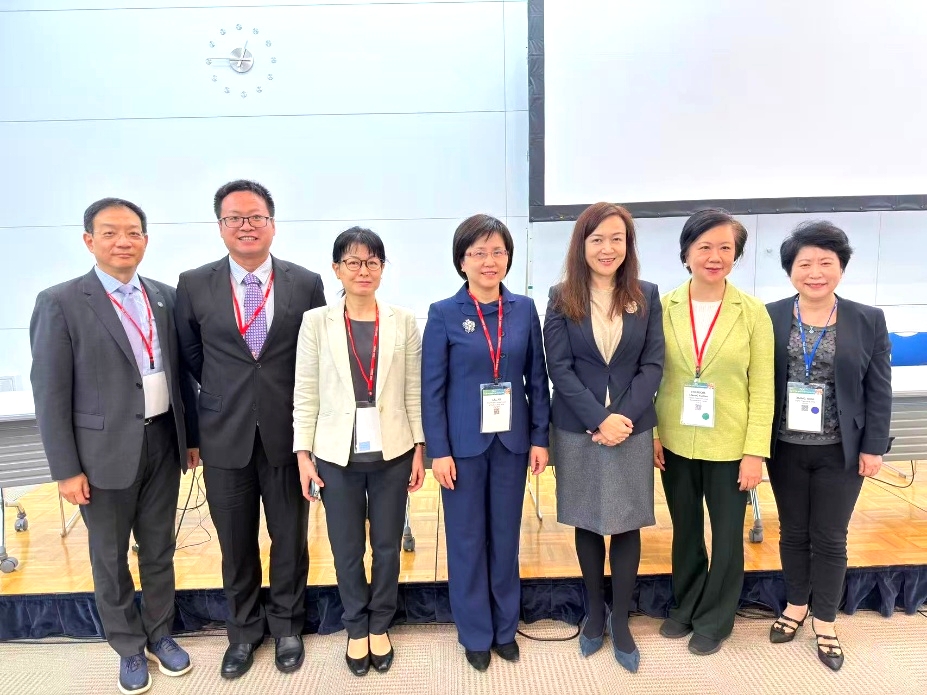
The moderator and speakers for the China Town Hall
According to data from PharmaDJ and Drug R&D Expert, as of now, four innovative drugs have received NDA in Japan. Meanwhile, between 2023 and 2025, over 19 novel drugs developed by Japanese pharmaceutical companies have been approved by China's National Medical Products Administration (NMPA). During the same week on October 21st as the DIA Japan Annual Meeting, China's biotech company Innovent Biologics forged a strategic collaboration agreement with Takeda Pharmaceutical worth up to $11.4 billion, focused on immuno-oncology (IO) and antibody-drug conjugate (ADC) therapies. This latest deal underscores the vibrancy of Sino-Japanese pharmaceutical cooperation.
China-Japan Communication under the ICH E17 Framework
Professor Yoshiaki Uyama emphasized that amid the evolving global pharmaceutical landscape, China and Japan—as pivotal forces in Asian pharmaceutical innovation—must strengthen exchanges and collaboration in regulatory science and clinical trial. Dr. Yasuko Asahina, Deputy Review Director, Office of New Drug II, PMDA, provided a regulatory perspective by outlining the "Current Status of China-Japan Pharmaceutical Development Cooperation." Her presentation aimed to foster collaboration between the two nations in drug development, with the goal of accelerating access to innovative medicines for patients across Asia and beyond.
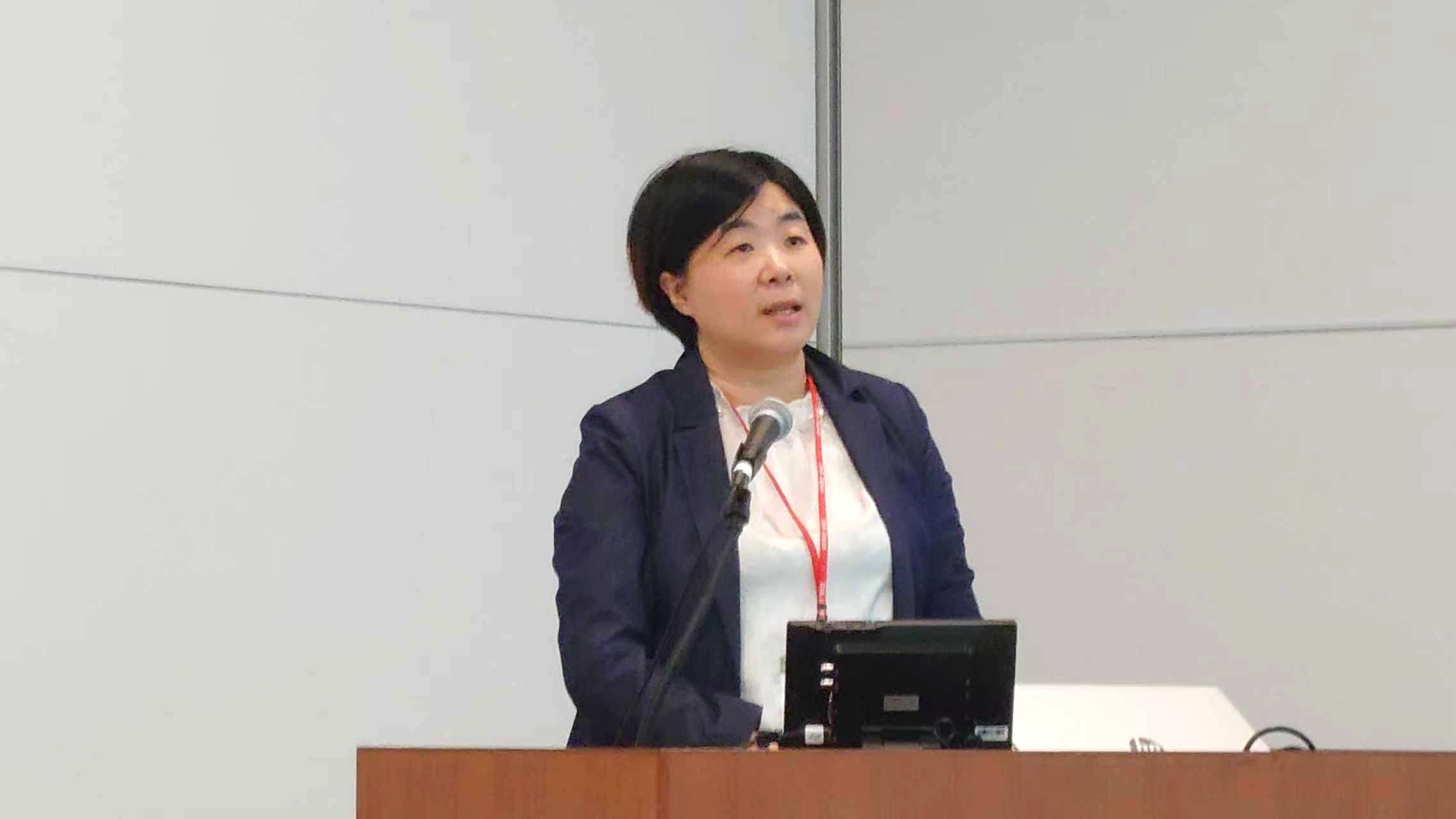
Professor Yan Hou
Research Professor, School of Public Health, Peking University
Doctoral Supervisor
Professor Yan Hou, Research Professor and Doctoral Supervisor at the School of Public Health, Peking University, analyzed the decade-long exploration journey of China, Japan, and South Korea in the fields of clinical trials and mutual recognition of scientific regulatory frameworks. She noted that while the three nations have achieved initial progress in regulatory mutual recognition, challenges persist due to discrepancies in evaluation criteria and standards among national regulatory agencies.
"Facing escalating industry demands, we need to shift our approach by seeking breakthroughs through academic exchanges," Professor Hou proposed. "By strengthening interdisciplinary academic collaborations, we can support coordinated efforts among regulatory authorities." She suggested establishing a collaborative mechanism led by universities and involving hospitals, industry stakeholders, and other partners to create synergistic outcomes at the institutional level.
Professor Hou emphasized that Multi-Regional Clinical Trials (MRCTs) are becoming the mainstream pathway for global drug registration, yet the pharmaceutical industry faces several challenges, including how to effectively leverage global data for Chinese regulatory submissions. "The guidance principles issued by China's National Medical Products Administration Center for Drug Evaluation (CDE) on accepting overseas clinical data particularly focus on benefit-risk assessments based on MRCT data," she explained. "These guidelines provide clear directions for foreign sponsors and regulatory agencies to evaluate both global and regional evidence."
She further highlighted that China and Japan encounter similar challenges in MRCT implementation, such as limited regional sample sizes, creating unique opportunities for bilateral cooperation. "From an academic perspective, we could develop joint East Asian data pooling strategies," Professor Hou suggested. "By leveraging our strengths in statistical methodologies or other validated approaches for regional effect estimation, we could establish a China-Japan MRCT Methodology Working Group."
From MNCs’ Perspective: China-Japan Multilateral Collaboration Mechanisms
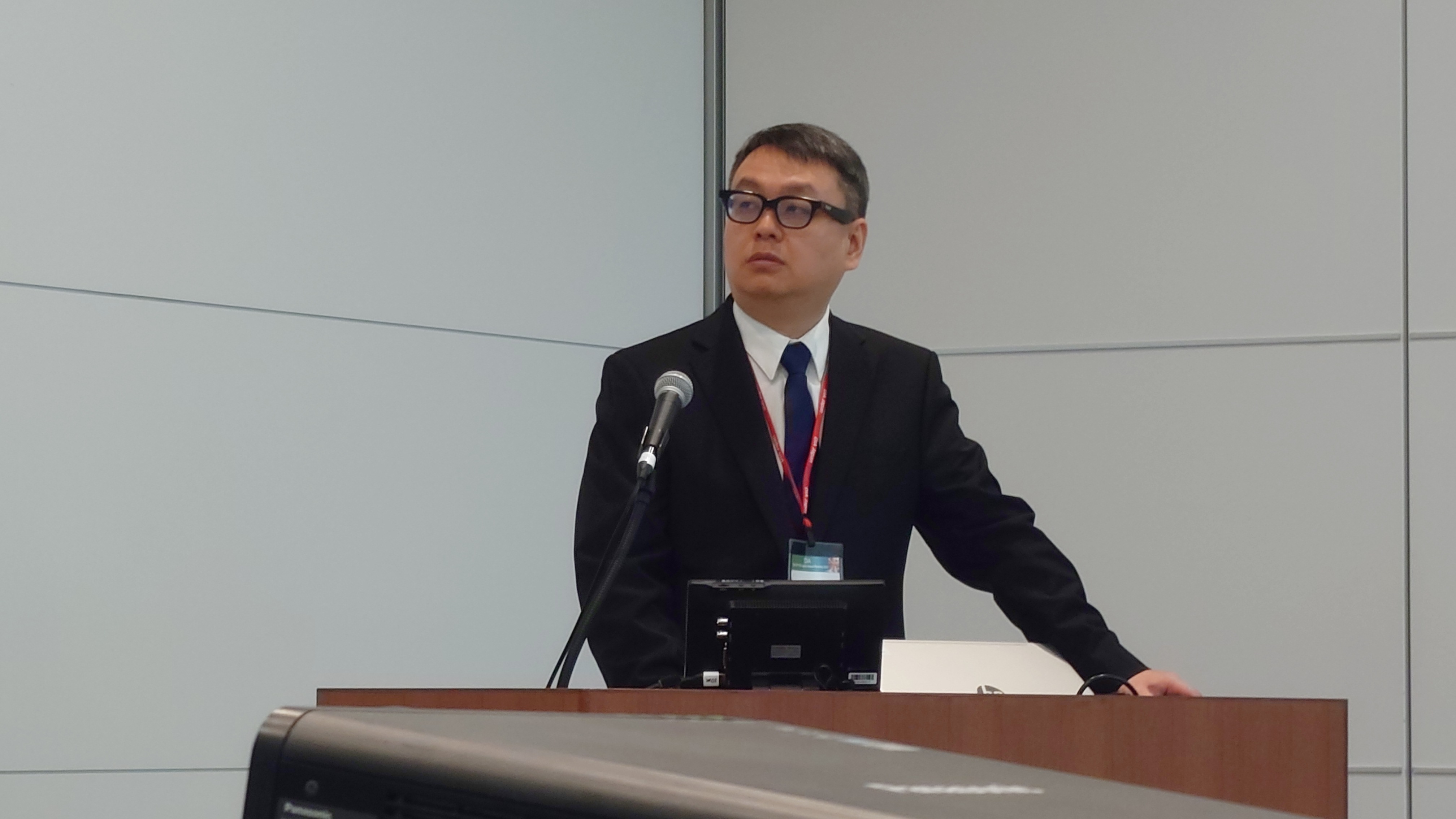
Dr. Chao Zhu
Head of Medical Sciences and Leader of Drug Development & Medical Affairs Center, Eli Lilly China
Dr. Chao Zhu, Head of Medical Sciences and Leader of Drug Development & Medical Affairs Center, Eli Lilly China shared insights on global simultaneous drug development strategies at the meeting. He argued that multinational corporations (MNCs) should spearhead market entry into Japan due to their extensive experience in conducting large-scale clinical trials. "As research collaborations evolve to treat China and Japan as an integrated regional cluster, the lessons learned by MNCs throughout this process can provide valuable guidance for domestic biotech firms," he told PharmadDJ, Drug R&D Expert.
Dr. Zhu illustrated collaboration opportunities through three practical case studies, highlighting China's strategic shift from relying on global bridging strategies using foreign data to creating new R&D pathways through participation in multi-regional clinical trials (MRCTs).
"This represents a paradigm shift," Dr. Zhu emphasized. "Historically, China waited for completion of global clinical development before conducting local bridging studies to support regulatory filings, causing delays in patient access to innovative medicines. Today, China participates as an integral part of global development from the outset."
He outlined specific collaboration opportunities, including: MRCT pooling strategies and regional sample size allocation,simultaneous regulatory submissions and approvals across East Asia,joint East Asian development and collective efforts to harmonize regulatory requirements.
Through case analyses, Dr. Zhu demonstrated how scientific sample size allocation, streamlined clinical submission packages, and coordinated East Asian development frameworks could achieve mutually beneficial R&D outcomes between China and Japan.
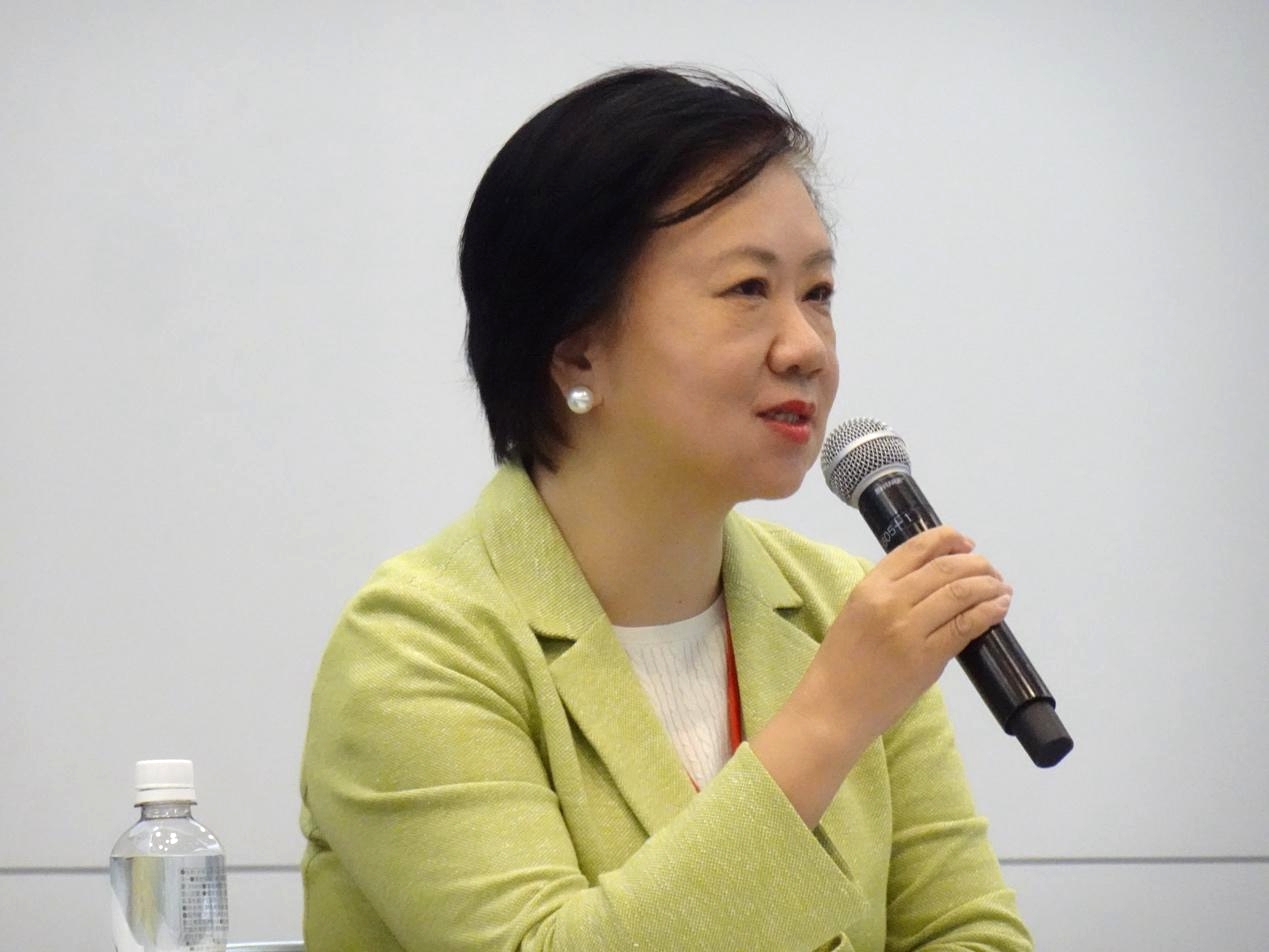
Dr. Jenet Lv
Senior Advisor, Roche Pharmaceutical R&D China Center
Dr. Jenet Lv, Senior Advisor at Roche Pharmaceutical R&D China Center, emphasized that maintaining global alignment while conducting clinical trials in China remains a critical strategic consideration for multinational corporations (MNCs). She noted that most MNCs now include China in over 50% of their MRCTs, with some even conducting simultaneous global and China-specific trials. The shared rationale for this approach lies in thorough pre-trial assessments of uncertainties arising from regional variations in medical practices, potential ethnic differences, and other contextual factors.
"Following these evaluations, China is integrated into global development due to its massive market potential and the continued necessity of conducting local trials to generate robust clinical evidence supporting regulatory approval," Jenet explained. "However, circumstances may warrant standalone regional trials. For instance, East Asian trials retain significant value by addressing unique regional unmet medical needs."
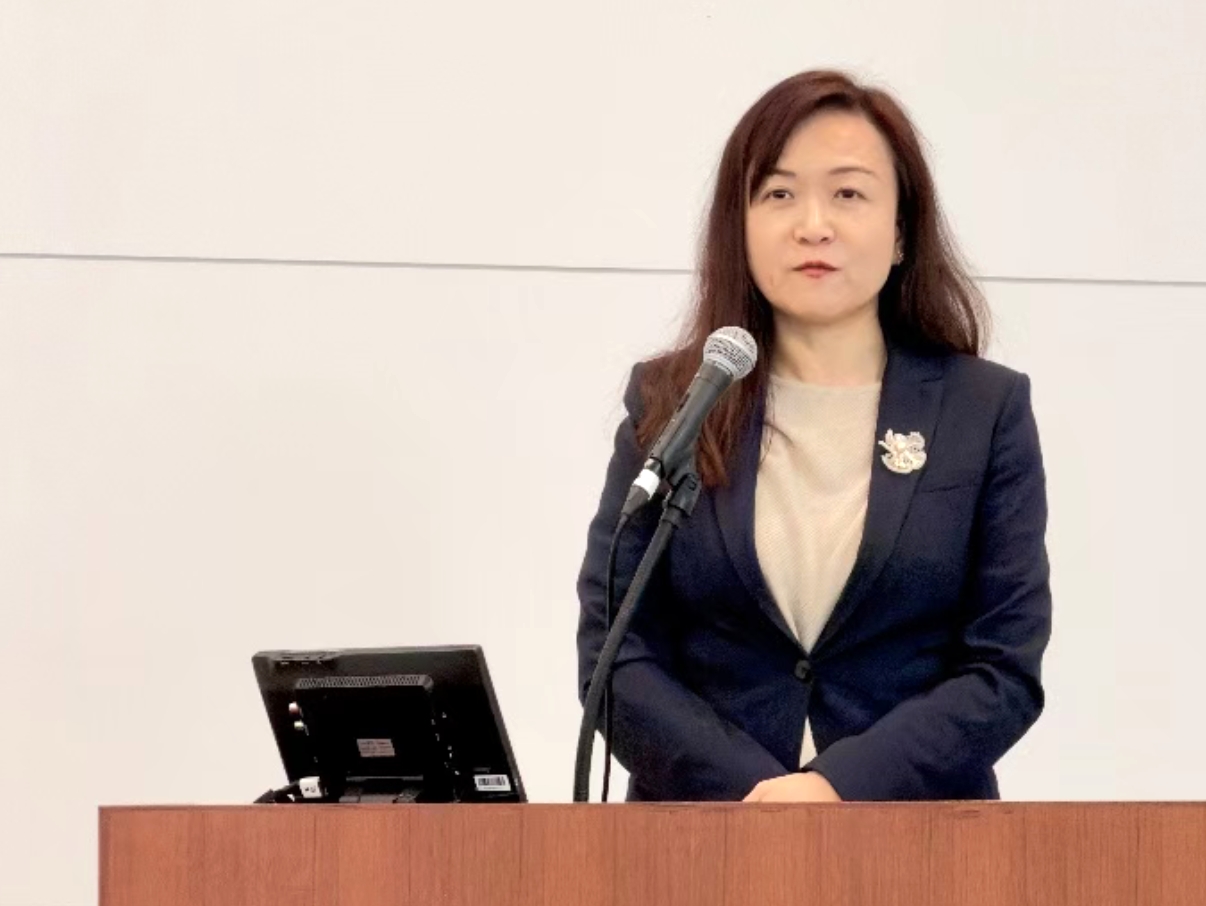
Dr. Jasmine Wang
Vice President & Head of Development, Astellas China
Dr. Jasmine Wang, Vice President & Head of Development, Astellas Pharmaceuticals China, underscored that China-Japan collaboration now constitutes an essential strategic pillar for multinational pharmaceutical enterprises expanding their Asian footprint. While Japan maintains global leadership in fundamental scientific research and cutting-edge technologies, she explained, China has developed distinctive strengths in rapid clinical trial execution, cost-efficient development processes, and early-stage innovative drug discovery. The overlapping disease landscapes and patient populations across both countries create a compelling rationale for regionally coordinated development initiatives.
"The consensus among MNCs is clear: China-Japan cooperation must evolve beyond one-way technology transfers or product distribution, transforming instead into truly reciprocal, multilateral partnership frameworks," Dr. Wang proposed. "This requires: 1) Establishing joint clinical research hubs focused on synchronous R&D in oncology and prevalent diseases; 2) Aligning regulatory frameworks between China and Japan to enable cross-border data recognition and parallel review mechanisms; and 3) Combining China's operational agility in clinical development with Japan's scientific depth to forge a globally competitive 'Asian New Drug Development Paradigm.'"
She concluded that by dismantling traditional cooperation barriers and cultivating an integrated ecosystem characterized by complementary resource deployment, regulatory harmonization, and market integration, China and Japan could jointly set new benchmarks for pharmaceutical innovation across Asia and the global market.
Achievements and Challenges of Chinese Companies Expanding into the Japanese Market
Chinese pharmaceutical companies participating in the event, including Henlius, CSPC Pharmaceutical Group, and Suzhou Evopoint Biosciences, which already have specific projects undergoing clinical trials in Japan, were present. Jin Li, VP, Global Regulatory Affairs, Henlius, who attended the DIA Japan Annual Meeting for the first time, stated that currently, three of their products are advancing through clinical trials in Japan, and they have also recruited six local employees.
"The flexibility, innovation, and eagerness to take action demonstrated by Chinese companies have inspired me to join Henlius," said Dr. Keiko Ebihara, RA Japan GM, Regulatory Affairs responsible for Japanese registration. Having previously worked for major pharmaceutical companies such as Merck, Eli Lilly, and Roche, she told PharmaDJ, Drug R&D Expert that these qualities of Chinese companies are key factors contributing to innovation and efficiency. However, she also pointed out that some behaviors and cultural aspects of Chinese companies need to be adjusted to adapt to Japan.
Dr. Yonghan Hu, the Chief Technology Officer of Evopoint Biosciences, highlighted in an interview that the key factors leading to the collaboration with Astellas on this May 30th,included a high degree of alignment in the field of gastric cancer targets between the two companies. Based on Astellas' antibody platform, Evopoint Biosciences’s Claudin 18.2 ADC demonstrated outstanding performance in terms of affinity, stability, and preclinical efficacy, effectively addressing unmet needs in terms of efficacy and safety. After conducting a systematic evaluation of multiple products targeting the same class of targets, Astellas considered Evopoint Bioscience’s product to have the best overall data and significant differentiation advantages. From the perspective of disease demand, there is an urgent clinical need for Claudin 18.2 target drugs in the Asian. As a multinational pharmaceutical company with a comprehensive pipeline layout, Astellas is seeking to achieve full coverage in the field of gastric cancer Claudin 18.2 targets, and Evopoint Biosciences’s product highly aligns with its strategic direction.
Dr. Hu emphasized, "This collaboration was not easy to achieve. The regulatory review standards in Japan are stringent."
Other Chinese representatives believe that Chinese companies have diverse models for expanding overseas, including building their own teams to independently conduct clinical trials (such as BeOne, Haihe Pharmaceutical, and Henlius) or opting for licensing-out (such as Hutchmed, Ascentage Pharma, and Innovent Biologics). They suggest adopting comprehensive approaches, selecting different development paths for early-stage products, and providing integrated upstream-to-downstream supporting services in collaborations, which offer broad development prospects. However, the biggest challenge lies in the acceptance of foreign companies in the Japan, necessitating the assistance of local partners for communication. Some Japanese companies prefer Japanese-language services and attention to details. "Once cultural trust is established and service standards are met, collaborating with local partners becomes faster and simpler," said this Chinese entrepreneur.
In the CRO sector, domestic CRO companies such as Tigermed, Xinceremed, and Taimei Technology have shown high activity. Among them, Tigermed set up an exhibition booth for the first time and successfully organized a satellite symposium. Representatives from various Chinese CROs stated that they have been receiving an increasing number of inquiries from Chinese companies regarding filings in Japan, prompting them to expand their service businesses for overseas expansion into Japan. It is reported that the Chinese delegation was large-scale, with approximately over 40 members attending.
Dr. Ping Xu, the initiator of the China-Japan Medical and New Materials Innovation Center (CJMMIC), pointed out that for domestic biotech companies, establishing a dialogue mechanism with local industry associations or regulatory agencies is crucial. "If Chinese companies can leverage professional platforms to communicate with relevant parties in Japan, it will be like obtaining a precise navigation map, enabling them to effectively avoid risks and detours when expanding into the Japanese market," he told PharmaDJ.
Dr. Akio Uemura, a senior advisor at DIA Japan, believes that for Chinese companies to gain a good reputation in Japan, they must deliver on their promises and conduct themselves in accordance with local business culture and customs. " 'Trustworthiness' is the quality most valued by the Japanese. Please note that if Chinese companies intend to explore the Japanese market, all their actions will be closely observed and evaluated by the Japanese industrial community. Therefore, it is essential to fully understand how Japan perceives China and, at the same time, deeply consider what clinical value Chinese innovative drugs can truly bring to Japanese patients."
Why and How Japan’s companies actively going into China?
Investment expert Shinichiro Fuse from TPG Life Sciences Innovations, based in Boston, and Jesamine Wang coincidentally highlighted in their reports the rapid emergence of China's pharmaceutical innovation ecosystem in recent years.
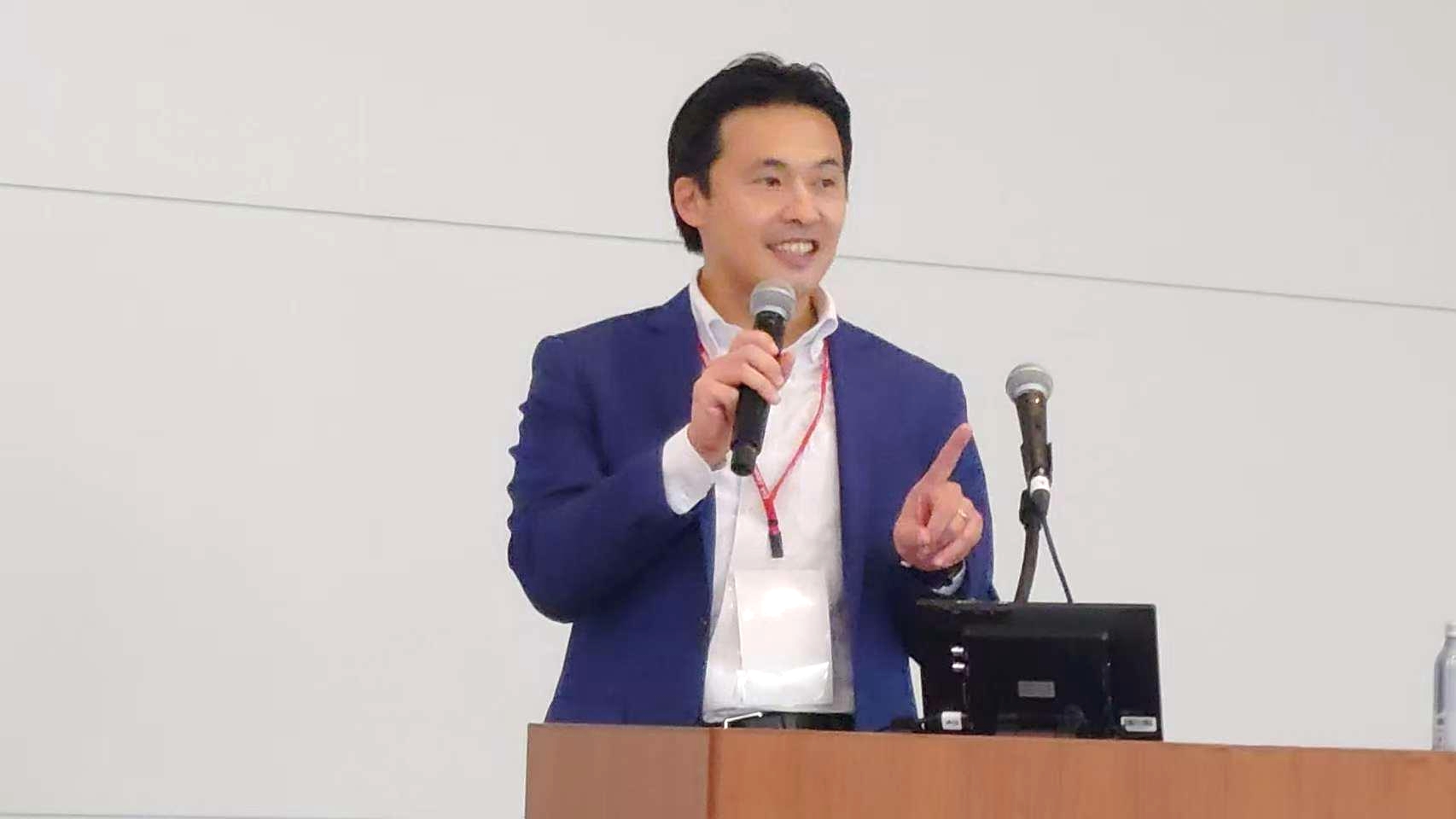
Shinichiro Fuse
TPG Life Sciences Innovations
"China's pharmaceutical innovation is transitioning from a follower to a value exporter. Our early-stage assets have become important BD (Business Development) targets for MNCs, establishing themselves as a force that cannot be overlooked in the global drug R&D landscape," said Jasmine Wang. On October 27th, Astellas announced the establishment of its first China Innovation R&D Center in the International Medical Innovation BioPark of the Beijing Economic-Technological Development Area.
In contrast, Japan's pharmaceutical industry appears relatively passive and lagging in industrial collaboration. Dr. Hironobu Saito, Senior Advisor at Daiichi Sankyo, who has long been engaged in industrial exchanges between China and Japan, told Drug R&D Expert that there exists a one-sided enthusiasm in China-Japan pharmaceutical collaboration: Chinese companies demonstrate strong willingness and proactive actions for cooperation, while Japanese enterprises appear relatively conservative.
"The Japanese pharmaceutical industry must deeply reflect on this current situation," Saito pointed out. "Why, despite possessing strong scientific research capabilities and Nobel-prize-level academic achievements, does it move so slowly in industrial transformation? Is this due to conservative market positioning, insufficiency on international collaboration strategies, or shortcomings in the industrial transformation mechanism?"
Tetsuomi Takano, Editor-in-Chief of Drug R&D expert and President & CEO of t2T Healthcare Inc., also noted that apart from major Japanese multinational pharmaceutical companies headquartered in Japan, such as Takeda, Astellas, and Daiichi Sankyo, many Japanese pharmaceutical companies remain "overly conservative" in their approach to China, focusing their business efforts on traditional markets in Japan, the United States, and Europe. The vast majority of Japanese local pharmaceutical companies remain extremely cautious about "venturing into China."
To address this, Shinichiro Fuse proposed reform recommendations to revitalize Japan's pharmaceutical industry. These include establishing a thriving life science ecosystem in Japan encompass several key strategies. Firstly, there should be a focus on creating a "success case" within Japan and developing blockbuster products to spur talent development, attract foreign investments, and facilitate BD transactions. Secondly, leveraging the talent misallocation in the US can help fill the management talent gap in Japan, provided appropriate incentives are offered.
Thirdly, accessing capital from sources in the US, EU, and beyond, coupled with establishing critical management connections, is vital for guiding companies towards US IPOs and BD deals with major biopharmaceutical firms. Fourthly, strengthening the domestic CDMO & CRO infrastructure, akin to WuXi in China, will foster the accumulation of drug development expertise and cultivate a sophisticated talent pool.
Furthermore, it is essential to tap into the competitive technologies embedded within Japanese pharmaceutical companies, rather than solely relying on academic sources. Emphasizing capital-efficiency and adopting a "lean" company-building approach. The government ought not to prioritize specific modalities, considering the rapid evolution of small molecules and biologics beyond just cell & gene and RNA-based therapies.
Lastly, enticing US/EU companies to conduct first-in-human trials in Japan can expedite the process and reduce the time required to reach clinical proof of concept.
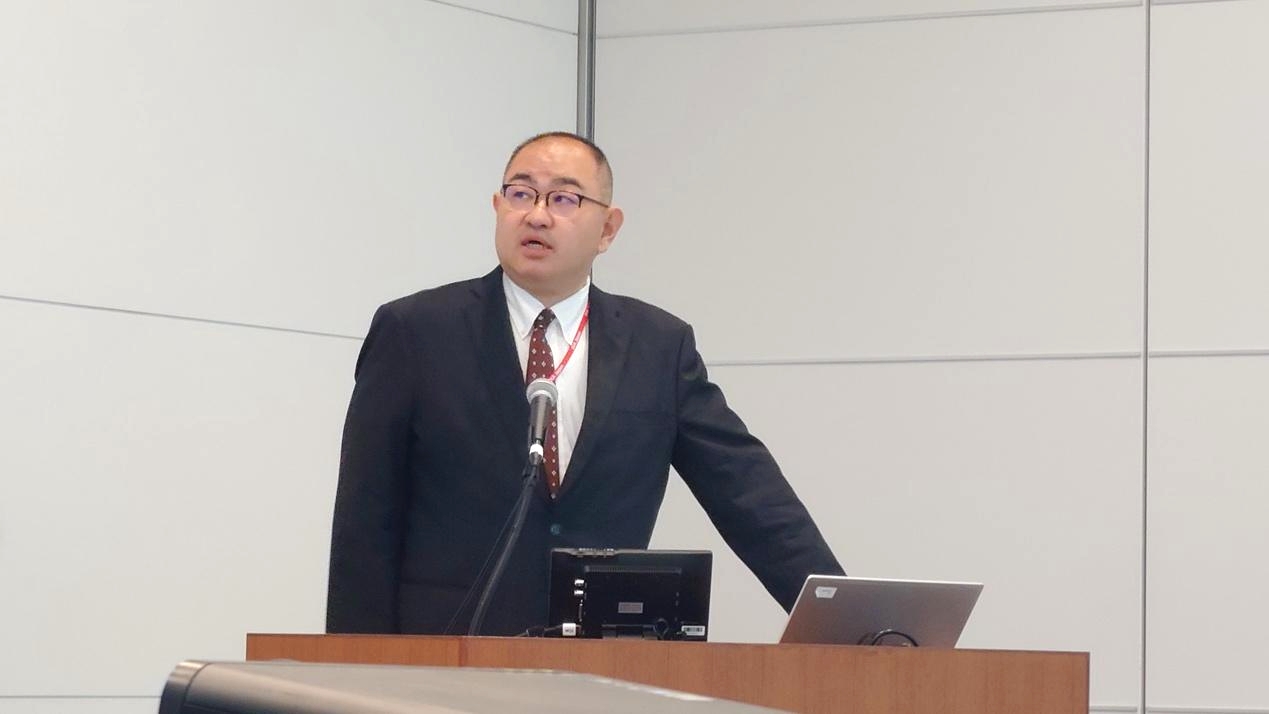
Hiromichi Mizuno
Vice General Manager and Head of NCE Development, Shionogi China Co., Ltd.
Hiromichi Mizuno, Vice General Manager and Head of NCE Development, Shionogi China Co., Ltd. stated that within Japan's corporate blueprint for revitalizing innovation and implementing outward development strategies, in addition to the highly valued European and U.S. markets, venturing into China also presents a promising option.
He further elaborated on the strategies adopted by Japanese enterprises when collaborating with Chinese clinical sites. "China boasts a vast territory and a large number of clinical sites. Currently, Chinese clinical sites and investigators demonstrate immense enthusiasm and a high level of professionalism in conducting Good Clinical Practice (GCP) and MRCTs," he remarked.
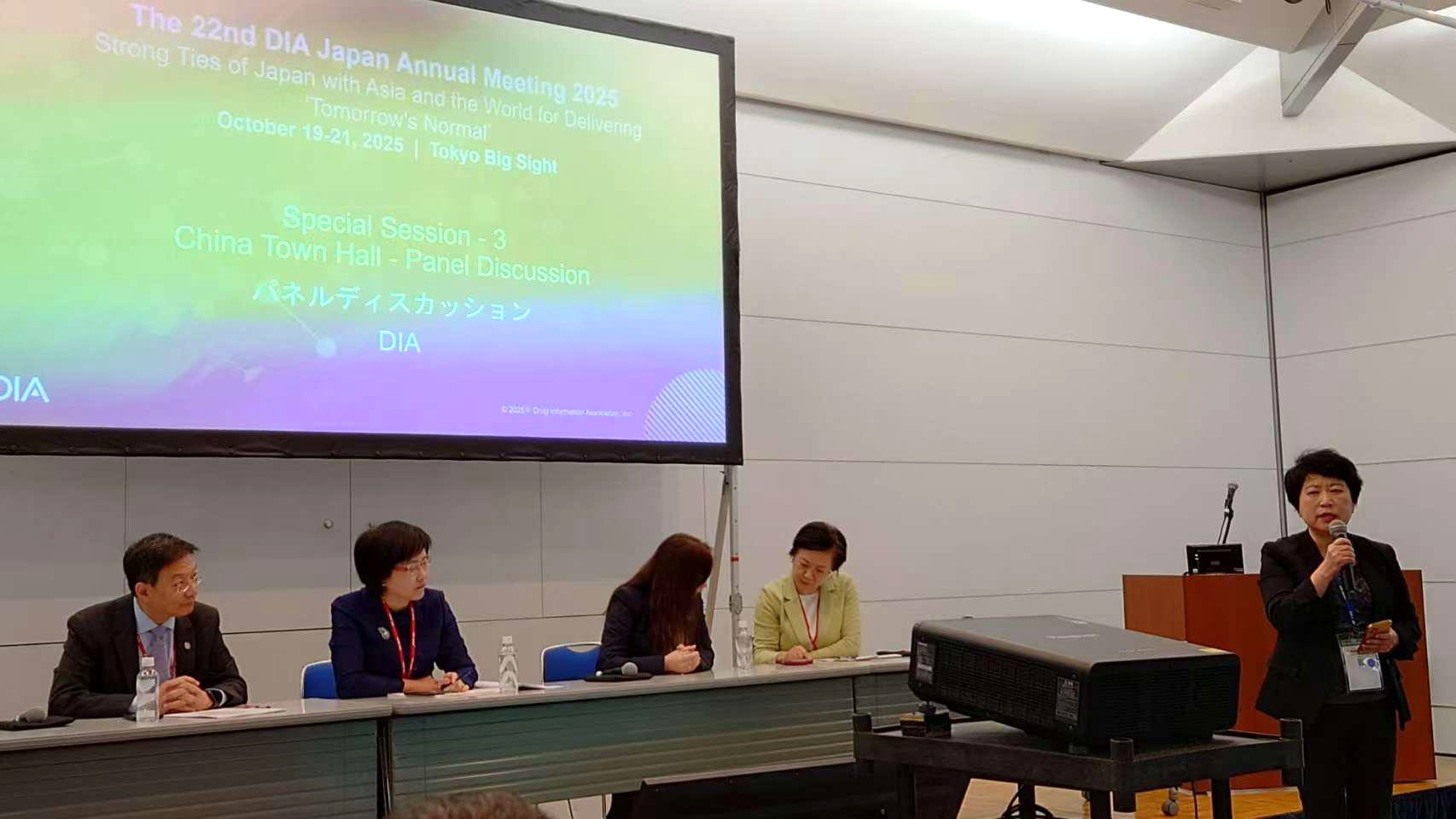
Dr. Xiang Anbo, Head of Clinical Development at CSPC Pharmaceutical Group, delivered a speech.
In response to the Japanese pharmaceutical industry's interest in China's clinical trials environment and their plans to expand into the Chinese market, Dr. Anbo Xiang, Head of Clinical Development at CSPC Pharmaceutical Group with 20 years of work experience in Japan, shared in Japanese with the Japanese audience present at the venue her insights on patient recruitment for clinical trials in China.
Firstly, to expedite the enrollment of the first patient, parallel approaches should be adopted during the Site Start-Up phase. Select leading clinical sits that can prioritize ethical review, and simultaneously submit materials to both the Center for Drug Evaluation (CDE) and the Ethics Committee. Additionally, patients should be proactively identified and prepared in advance according to the trial protocol requirements. For instance, prepare for patients who have failed standard treatments after a certain duration or those who require a washout period after using other medications. Meanwhile, ensure the contract signing and investigational drug preparation are completed. Once CDE approval is obtained, immediately convene a kick-off meeting to conduct informed consent, patient screening, and examinations for the target patients.
Secondly, the following strategies can be employed to recruit more patients:
1. Internally, promote joint recommendations from the responsible departments and relevant departments within the hospital (e.g., for analgesic trials, collaborate with the surgical and gynecological departments). Externally, seek collaboration between participating centers and primary-level hospitals for patient referrals.
2. Educate patients and their families through WeChat groups and employ electronic Patient-Reported Outcomes (ePRO) and Decentralized Clinical Trials (DCT) to reduce the burden of medical visits for patients.
3. Integrate electronic medical records and regional health records to efficiently and accurately screen suitable patients. "When the first patient receives the first dose, members of the project team (including QA, medical managers, project managers, CRAs, etc.) will be present on-site to evaluate the process and make immediate improvements if any issues are identified," Dr. Xiang emphasized.
Several traditional Japanese enterprises at the meeting expressed that, through introductions by numerous Chinese experts and the insights gained into China's reforms and changes during the DIA Japan Annual Meeting, they have begun to gain confidence in their future expansion into the Chinese market.
The China Town Hall Session and Highlights from China at the 22nd DIA Japan Annual Meeting:
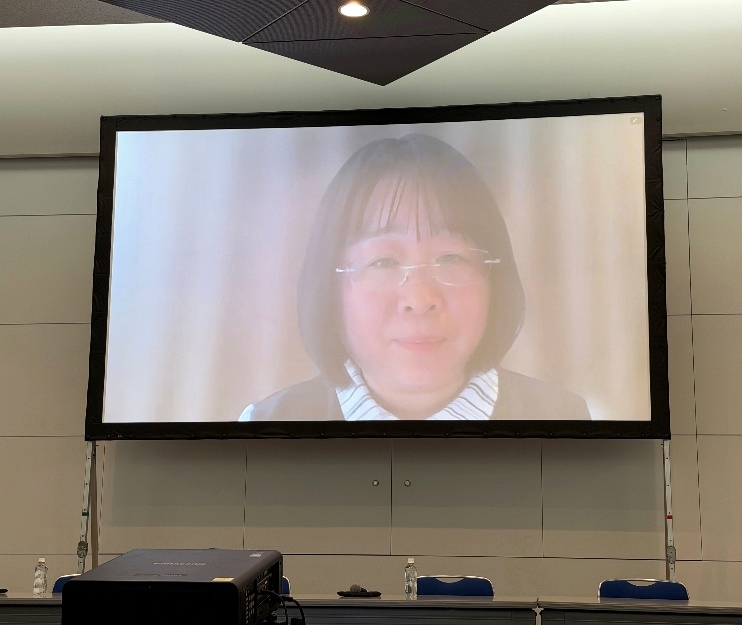
Senior Inspector Shuchao Lv from the Center for Food and Drug Inspection and Verification (CFDI) of the National Medical Products Administration (NMPA) delivered an online speech titled "New Technologies Empower Clinical Trial Inspections of Innovative Drugs: Promoting a Leap in Quality." She introduced how the NMPA utilizes digital technologies to enhance the regulatory efficiency and quality of clinical trials in China. The CFDI is achieving unified scheduling of pharmaceutical inspection tasks and automation of risk assessment through an intelligent inspection management platform and AI-assisted tools, driving the regulatory system's upgrade from institutionalization to intelligence and safeguarding the high-quality development of innovative drugs with technological means.
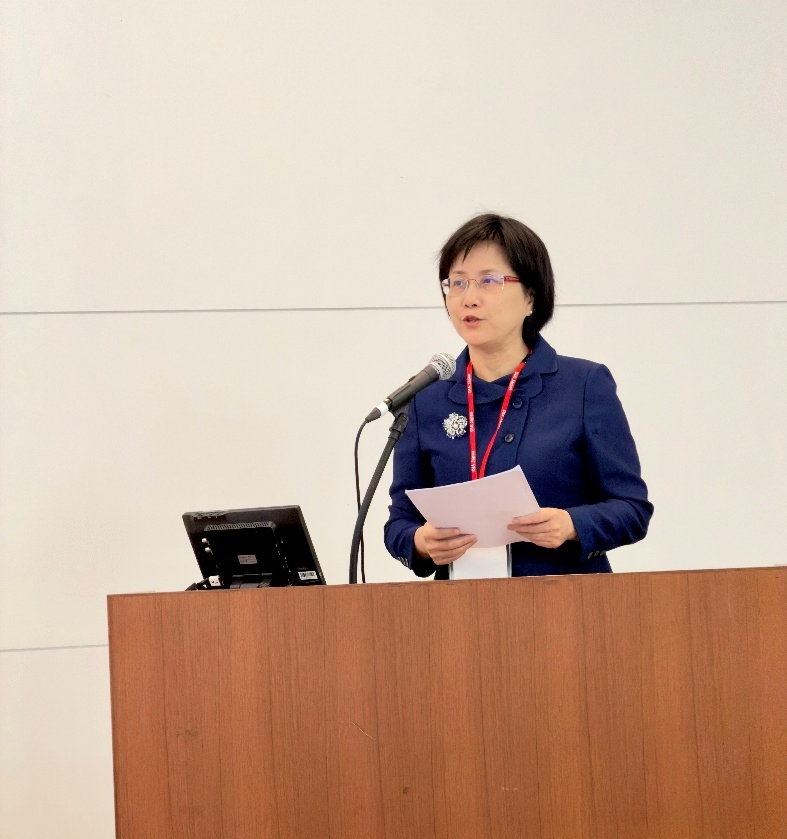
Lei Xu, Deputy Head of the Pudong New Area of Shanghai, presented the practical achievements of Pudong in building a world-class biopharmaceutical industrial cluster with the theme "Source Innovation, Global Chain Aggregation - Pudong Accelerates the Construction of a World-Class Biopharmaceutical Industrial Cluster." She introduced that the annual output value of Pudong's biopharmaceutical industry has exceeded 440 billion RMB yuan, making it an important hub for the research and development of innovative drugs and clinical trials across the country. She emphasized that Pudong is creating an internationally first-class innovation ecosystem through institutional innovation, cross-border R&D facilitation, and intellectual property protection mechanisms, aiming not only to become a national innovation hub but also a frontier for global openness and cooperation.
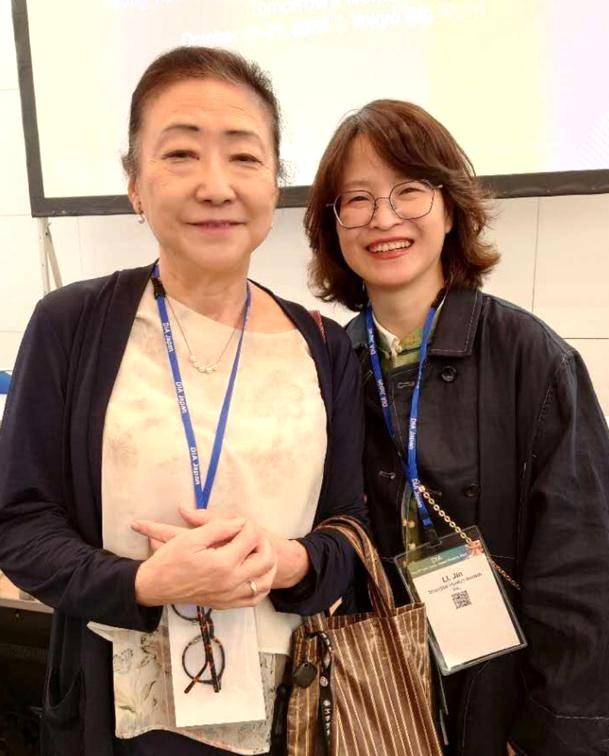
Jin Li, VP, Head of Global Regulatory Affairs, Henlius, and Dr. Ebihara Keiko, RA Japan GM, Regulatory Affairs who is currently responsible for the company's registration in Japan

The China and Japan teams of Tigermed made their debut at the DIA Japan Annual Meeting and set up an exhibition booth.

Tigermed organized a satellite session at the DIA Japan Annual Meeting. Ms. Lixia Sun, Vice President and Head of the Solutions Department of Tigermed, was invited to attend and delivered a report titled "Unlocking the Opportunities of Real-World Evidence (RWE) in China" at the session.
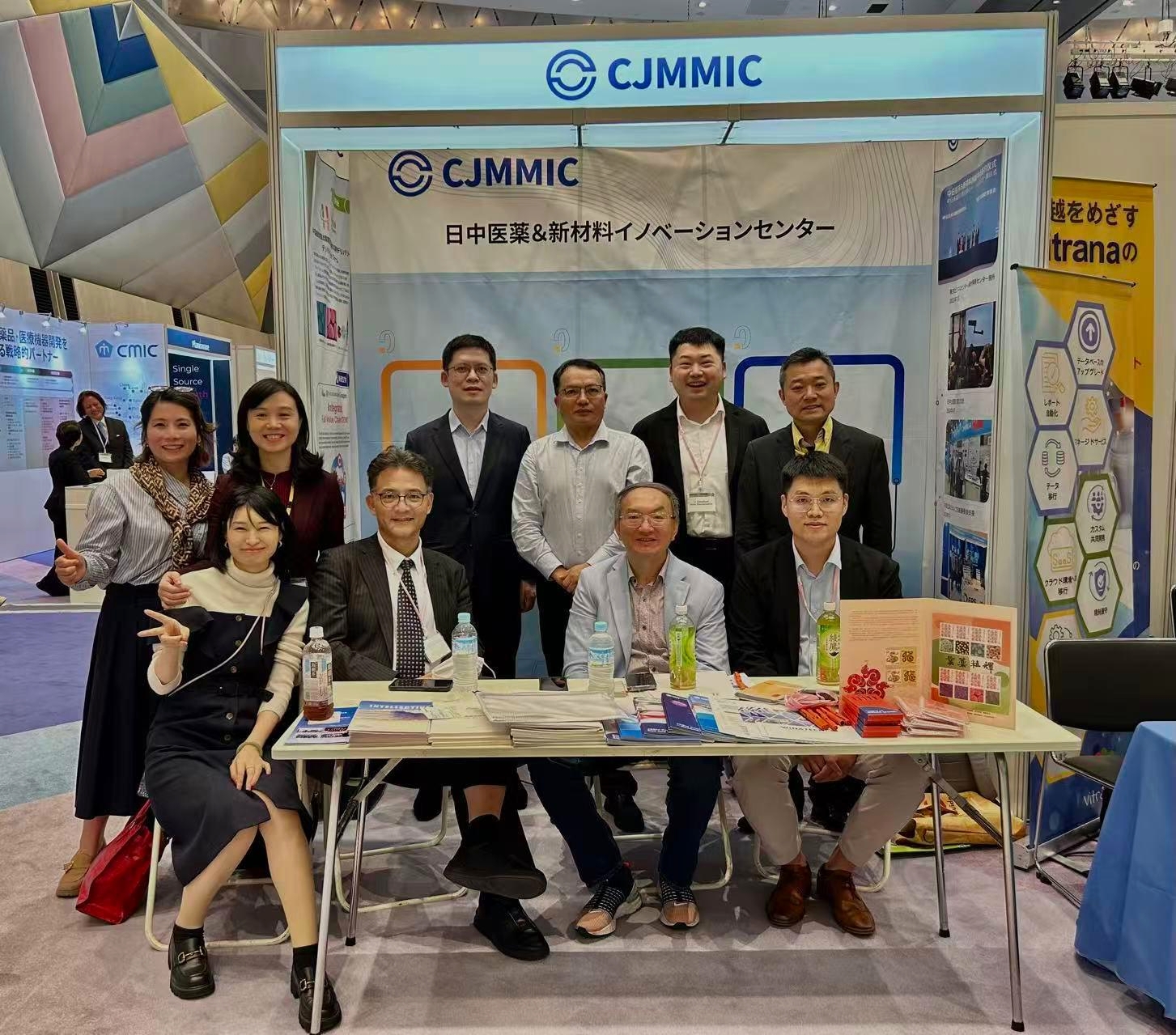
The China-Japan Medical Market Innovation Center (CJMMIC) assists Chinese enterprises in understanding the demands and regulatory requirements of the Japanese market, promoting cooperation between China and Japan in multiple aspects such as pharmaceutical R&D and clinical trials.
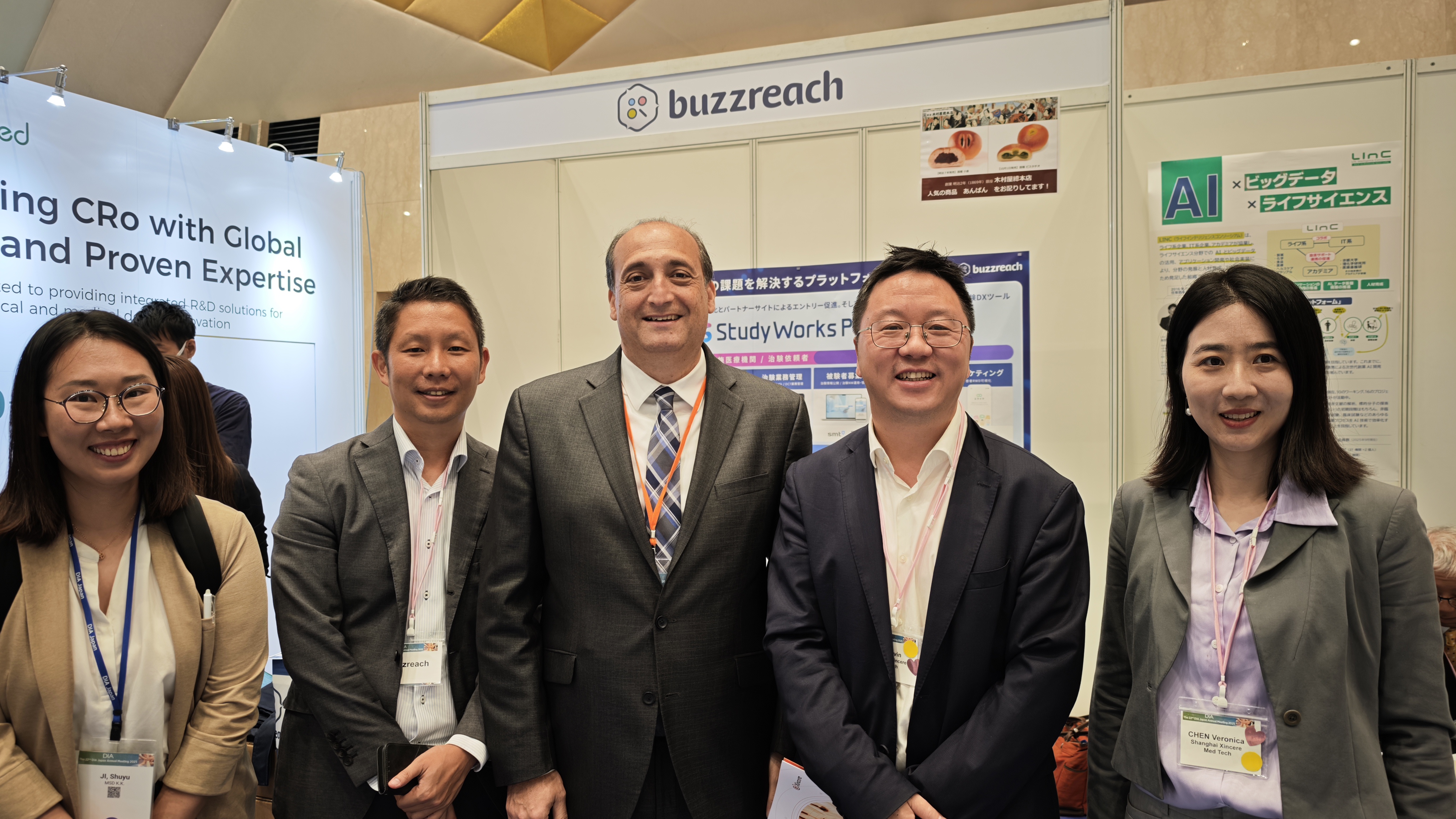
Xinceremed Teams took a group photo with Dr. Marwan Fathalla, Global CEO of DIA, at the DIA Japan Annual Meeting.
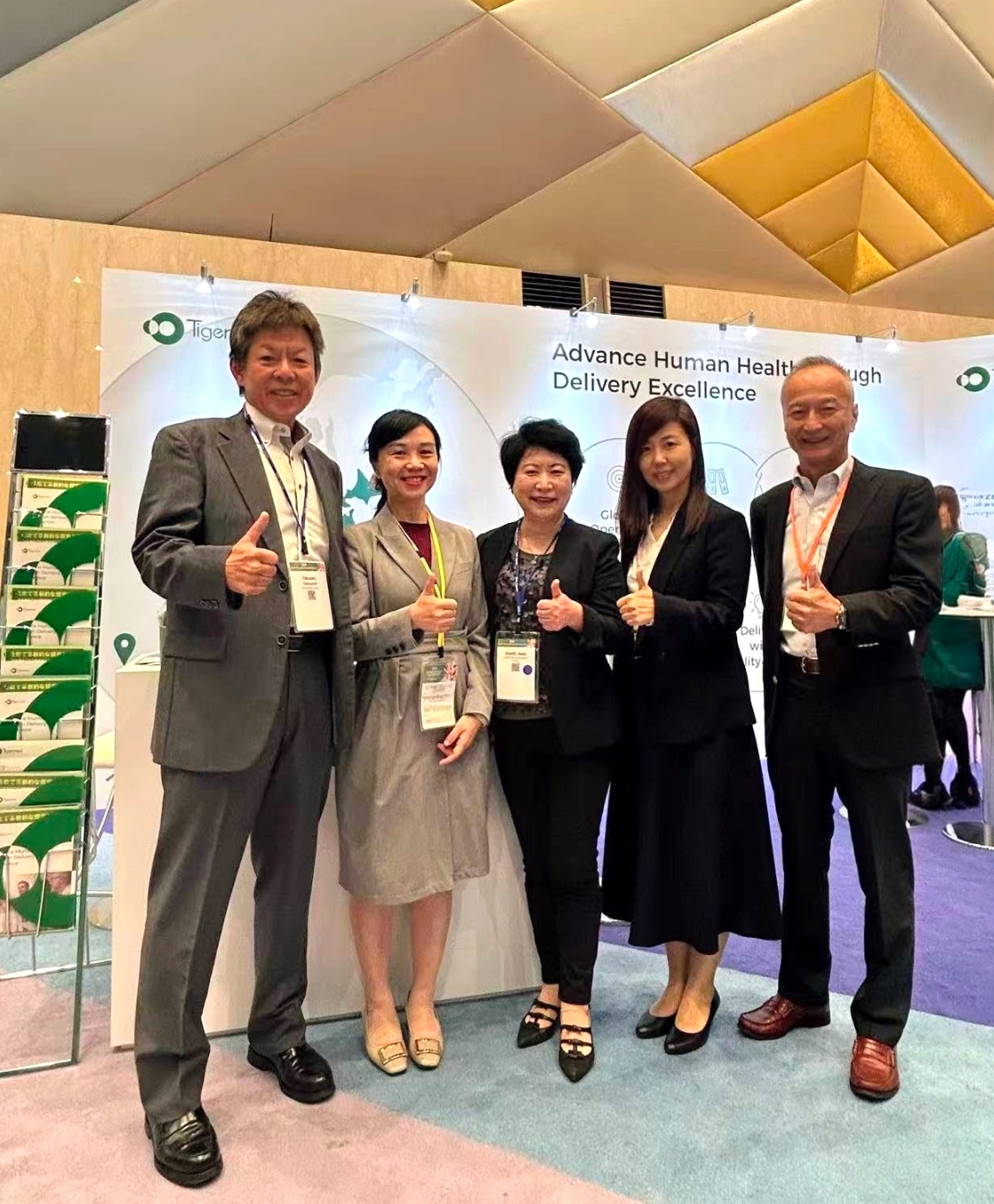
Group photo of the teams from PharmaDJ and Drug R&D Expert